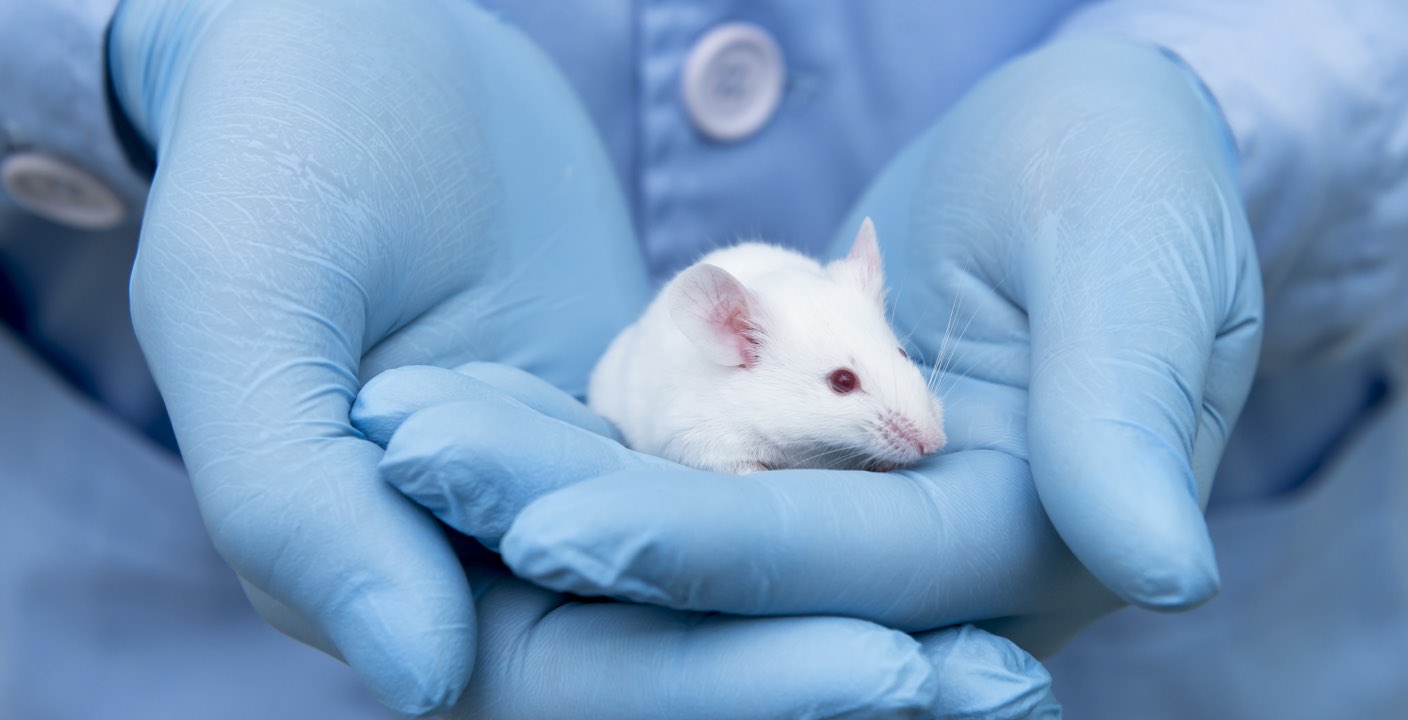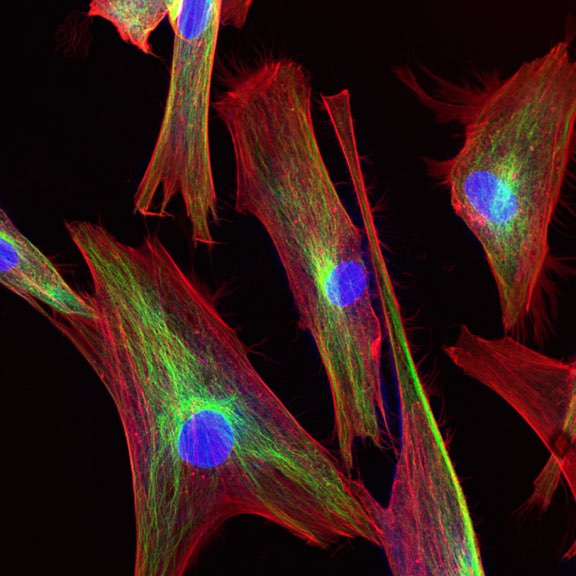
"Awareness of the existence of a reproducibility and predictability crisis in biomedical science has increased in recent years. The reproducibility crisis refers to the problem that researchers struggle to replicate or reproduce scientific studies. There has been many publications reviewing why preclinical research is irreproducible and lack of predictability, pointing this to deficiencies in reporting and statistical practices.
Confounding factors, which are part of the laboratory environment and will influence both the dependent and independent variables, continue to be identified, suggesting that our knowledge of their existence is far from complete. Better statistical methodology will play a central role in improving the reproducibility of science to produce robust and reproducible research. Another area of improvement is the development of novel methods to better define and assess replication success and improve predictability.
Under this light, the development and introduction of new, powerful concepts for biomedical research is essential to reduce the production of non-reproducible and non-predictive data. This has immense scientific, economic and social significance. In this context, we propose that the findings and concepts from the 3Rs field can greatly help to improve biomedical research on several levels.“

Prof. Dr. Winfried Neuhaus

Main Challenges
Despite a large number of national and international initiatives trying to develop and document novel methods, to implement these methods and the 3Rs related concepts, to bring the knowledge into education and to disseminate it accordingly in basic science, there is a number of unmet needs present:
- Improvement of the tools to estimate the potentials of the individual biomedical methods in comparison to each other in order to enable the selection of the highest quality methods for the respective problem. This includes both individual methods and combinations of different methods in order to optimize the predictive power for the human situation.
- The lack of understanding how to implement and analyse the best methods. This is about understanding what conditions need to be created to select the objectively best methods for issues that ultimately affect human health.
- Complexity and heterogeneity of available data and single data bases. Standardization of the documentation is urgently needed to build the basis for best comparability and to made them internationally available in a uniform manner.
- Collection of the fragmented, scattered expertise and documents and provide them for education at various levels internationally and to form a basis for the development of standardized and comprehensive teaching materials.
- An overall consideration of ethical foundation and aspects in the selection of the best methods.

The following objectives shall be accomplished:
Research Coordination
- Coordinate meta-research on the impact of potential Refinement measures on quality of results gathered by animal experiments, including influence of concepts such as experimental study design of animal studies (Refinement, Reduction).
- Define standards for Replacement methods including more complex in vitro as well as in silico models for biomedical/basic research. Use the interdisciplinary character of the network to assess quality criteria based on e.g. human relevance or in vitro artefacts to prioritize the best method or technology.
- Communicate best practices within the network, contribute to guidances as such (e.g. OECD GIVIMP, ToxTemp (ALTEX 2019), GCCP, PREPARE, etc.) and suggest new guidance such as PREPARE documents (existing for animal studies) for specifically in silico or in vitro methods.
- To stimulate collaboration between stakeholders in the chain of development of 3Rs or non-animal methods and technologies. Collaboration between end-users and developers (e.g. industry, regulators, biotech companies, policy makers) increases the chance that developments meet performance criteria, are fit-for-purpose and will actually be used, accepted and implemented.
- To study and understand behavior of stakeholders and identify the drivers that cause them to use either (traditional) animal studies/methods or to choose for non-animal methods or combinations of them. Arguments may be diverse, e.g. ethical, common practice, scientific, ...
- To drive innovation and improve science through development and implementation of globally accessible and easy-to-use dissemination channels. Working towards animal-free solutions is an international effort crossing not only geographical borders but also borders between disciplines. Good dissemination channels within the network can help to achieve that.
- To facilitate the transition towards animal-free research strategies, creativity and ingenuity should be bundled. For this, a video-platform is considered a useful tool. With the use of the right platform the “better science” message will be easier to convey.
- Connect educational 3Rs related activities within Europe and share experience, methodology and best practices.
- Increasing cross-disciplinary science is expected to lead to more effective research strategies, and hence, fewer animal testing. Stimulation of cross-disciplinary science starts with implementation of a cross-disciplinary learning environment. The network could organize a working group on interdisciplinary research for the purpose of fewer animal testing.
- Raising awareness for descriptive and normative dimensions of animal research in general and the 3Rs Principles in particular as important cornerstones in education.
Capacity Building
- Develop an interdisciplinary collaborative network comprising excellence in 3Rs science and methodology across Europe to support joint research and efforts with a focus on the five identified topics to collect, exchange and enhance knowledge and expertise.
- Develop and establish a European-wide communication platform for this network based on a website for internal (forum groups, topic related) and external (Hub for guidance and orientation in the 3Rs field, integration/explanation/videos/links to data bases to each topic) communication.
- Bring topic specific stakeholder groups from different areas in a targeted manner together and enable knowledge exchange and transfer to foster the implementation of 3Rs concepts and methods.
- Reach out and expand the network especially to stakeholders in basic science of the areas Neuroscience, CVD and Oncology, since these areas are the sectors using most animals where the awareness of 3Rs concepts has to be strengthened most.
- Attract next generation of Early Career Investigators (ECIs) for the 3Rs field, support them to learn about the manifold subjects, topics and possibilities in the field to contribute to the improvement of biomedical science in general and foster their education via workshops, training schools, conferences, etc.
- Proactively involve target groups in this COST Action such as participants from Inclusiveness Target Countries (ITCs), women, ECIs and teams from countries or regions with less capacity in the 3Rs field.
- Disseminate knowledge, experience and results from this network by publications (reports, guidelines, scientific papers), workshops, seminars, public awareness days, the above mentioned website as communication platform, social media and the conference planned as final event of this COST Action.




COST Action IMPROVE will focus on the following five topics:
Quality and Translatability of Science
One of the most important points in biomedicine is the relevance and translatability of data to humans. In the case of animal experiments, the question must always be clarified to what extent the results and conclusions are valid for humans due to species differences. On the other hand, in vitro artefacts have to be recognized and estimated as such considering that the human body represents a multiple organ system with organs interacting with each other.
Implementation
This topic includes how awareness and concepts from the 3Rs area such as GCCP for cell culture or PREPARE for animal experimentation could be implemented, but also how development chains of concrete methods and technologies could be established, which makes the communication and cooperation of stakeholders such as users and developers (e.g. industry, regulators, biotech companies, policy makers) absolutely necessary. Moreover, assessment methods have to be developed about the success of implementation efforts.
Dissemination
For the promotion of the concepts and methods (biomedical as well as assessment methods) globally accessible and easy-to-use dissemination channels drive innovation and improve science. Internal network dissemination as well as external international dissemination is key for the success of the to be established network.
Education
Connection of educational activities within Europe and beyond at several levels (high-school, university, post-graduate) and areas (basic researcher, regulatory field, industry users and developers, animal welfare bodies, animal carers, lecturers) has to be established and optimized. Sharing education strategies, documents, teaching material etc. within the network and externally, communication with stakeholders in education (e.g. developers of curricula at ministries and universities) to ensure the inclusion of 3Rs content, are pivotal pillars to achieve the aim of the COST Action IMPROVE.
Ethics
Improvement of the quality of biomedical science implies the ethical dimension. One criteria of scientific quality is the awareness of the explicit and implicit normative premises a research task is based on. It is a prerequisite for transparency, a second criterion of scientific quality. Disclosing and communicating the normative background opens the possibility for discourse, critique and improvement. A third quality criteria is the morally correct behaviour toward human and nonhuman research objects.






